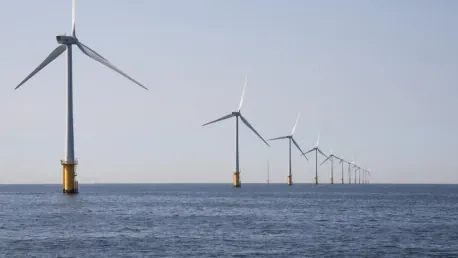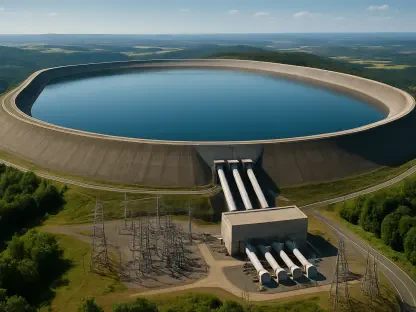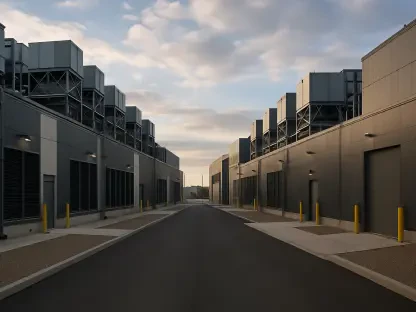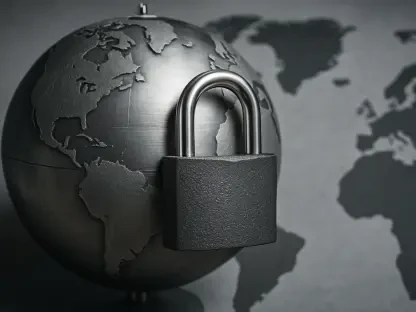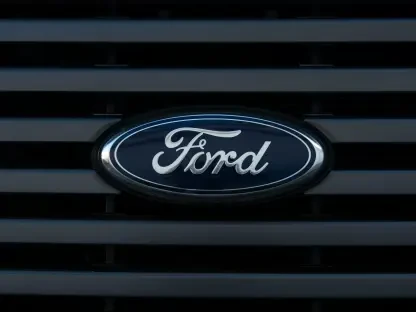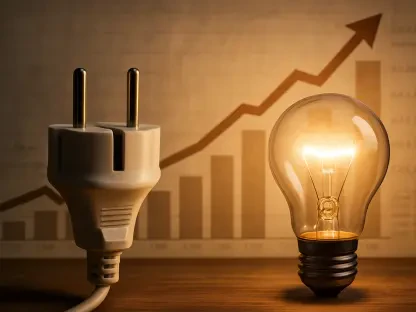Christopher Hailstone has significant insights into energy management and renewable energy, particularly in the realm of offshore wind projects. His extensive experience and knowledge of grid reliability and security make him an invaluable expert on current industry challenges.
What factors have contributed to the slowdown in U.S. offshore wind farm projects in recent years?
The offshore wind industry in the U.S. has been facing several challenges. Rising construction costs due to inflation and supply chain disruptions have made it economically challenging for companies. Additionally, higher interest rates have affected project financing and overall financial health. Unforeseen delays and administrative hurdles have also significantly contributed to the slowdown.
How has President Trump’s administration influenced the progress of offshore wind energy development?
The Trump administration has certainly put a damper on offshore wind development, starting with the suspension of new offshore wind leasing. This policy stance creates significant uncertainty for the industry’s future and hampers long-term investments. The administration’s overall emphasis on traditional energy sources over renewable ones has also played a role in this slowdown.
Which offshore wind companies have taken write-offs and impairments due to unprofitable project completion prospects?
Several major players in the offshore wind sector, including those involved in projects up and down the East Coast, have had to write off billions in losses. Companies face escalating construction costs and rising interest rates, which make it increasingly difficult to bring projects to profitability.
What is the current status of offshore wind farms in the U.S.?
Currently, there are four offshore wind farms that are operational and generating power. Additionally, there are four other projects under construction, which are expected to be completed between 2025 and 2027. Other projects are in advanced stages of development but are warning of potential risks, especially given the current political climate.
Can you describe the risks that projects under construction face from the Trump administration’s policies?
Projects under construction are notably at risk due to planned lease reviews and ongoing litigation. The Trump administration’s decision to review offshore wind leases only adds to the uncertainty. There’s ongoing litigation too, particularly related to environmental impacts, further complicating the scenario for companies like Dominion Energy.
What is the background and status of the Coastal Virginia Offshore Wind project by Dominion Energy?
Dominion Energy’s Coastal Virginia Offshore Wind project is a massive undertaking, expected to deliver 2,587 megawatts of power. Despite progressing well, the project has faced lawsuits concerning its environmental impact, including potential risks to marine life. Dominion is confident in its mitigation measures but remains embroiled in ongoing legal challenges.
How is Community Offshore Wind progressing with its project plans in New York?
Community Offshore Wind is moving forward with its plan to build an offshore wind farm but is awaiting key approvals and awards from NYSERDA. The project timeline and funding are contingent on receiving the Offshore Wind Renewable Energy Certificates (OREC), which are critical for moving forward.
What are the challenges faced by developers due to the delay in contract negotiations in Massachusetts and Rhode Island?
Delays in contract negotiations have primarily stemmed from federal policy uncertainties and intricate multi-state agreements. These continuous delays raise financing concerns and make it difficult for developers to plan and execute projects efficiently.
Can you share more about the SouthCoast Wind project and its progress?
SouthCoast Wind is undergoing complex and ambitious multi-state negotiations to secure power purchase agreements in Rhode Island and Massachusetts. Developed by the Ocean Winds joint venture, the project faces a labyrinth of legal and regulatory challenges, made more complex due to the current federal policies.
What are the key projects currently in advanced development within the U.S. offshore wind industry?
Several projects are in advanced stages, focusing on leveraging technical advancements and regulatory support to expedite their development. However, they still face significant risks related to policy changes and litigation that could stall their progress.
What is your outlook on the future of offshore wind energy in the U.S. considering the current challenges and industry dynamics?
The future holds potential, but it is contingent upon aligned federal and state policies. Overcoming current financial and regulatory obstacles is crucial for the sustained growth of offshore wind energy in the U.S.
How important is it for state and federal policies to align in order to ensure the growth of offshore wind energy?
Alignment between state and federal policies is paramount. Consistency in regulations provides the stability needed for long-term investments and mitigates risks associated with policy changes. This synergy is essential for scaling up the offshore wind energy sector and ensuring its contribution to renewable energy goals.
